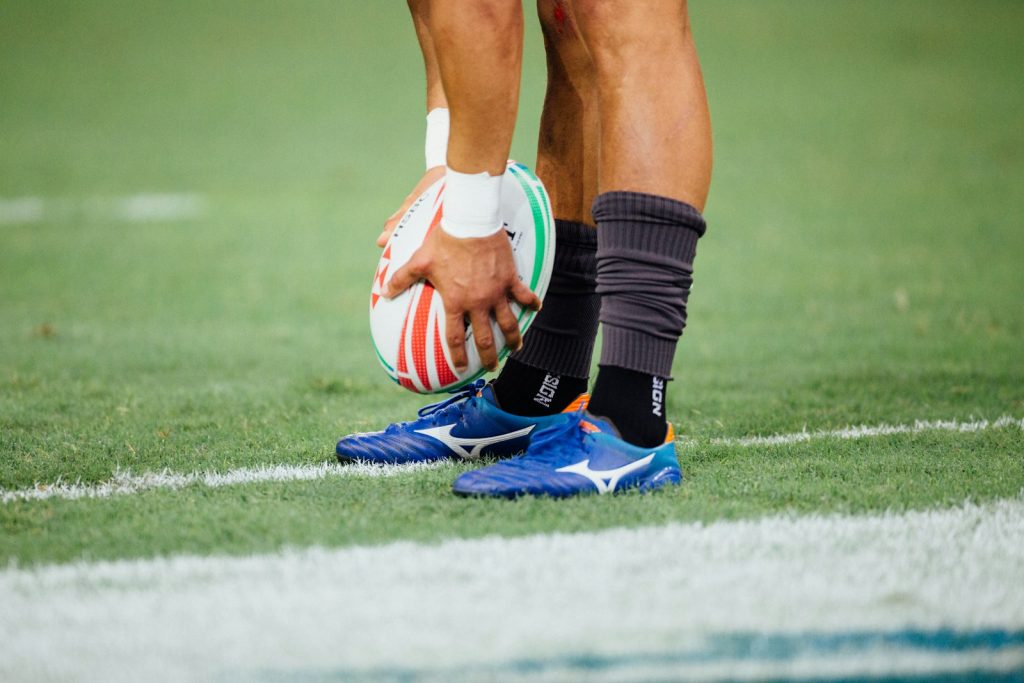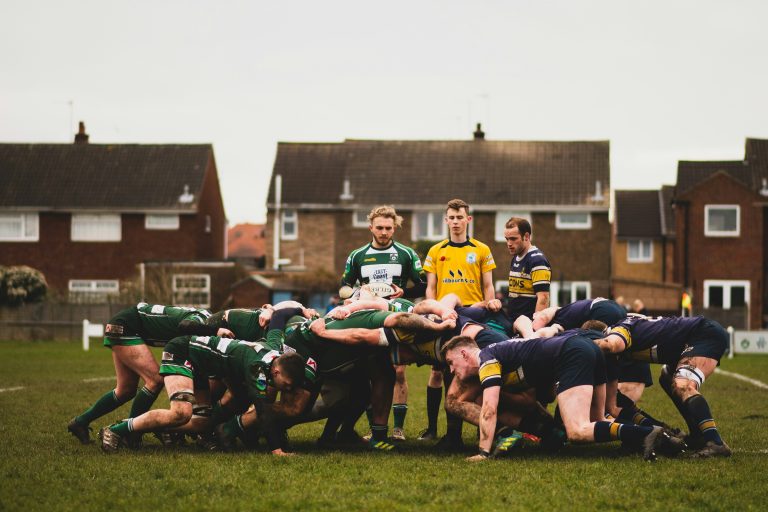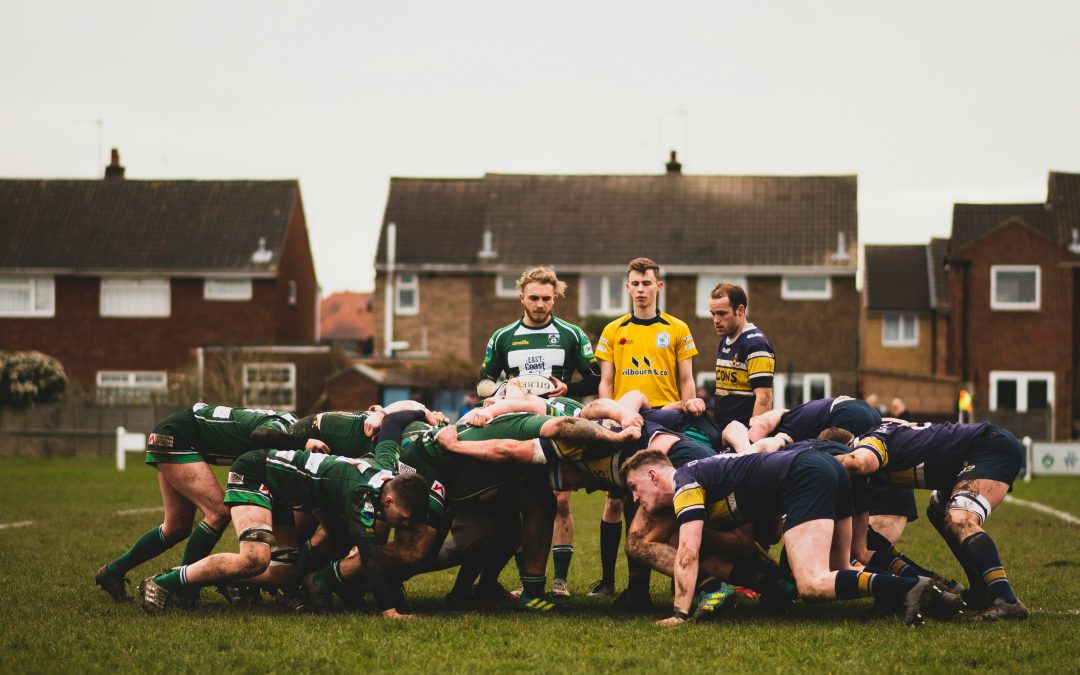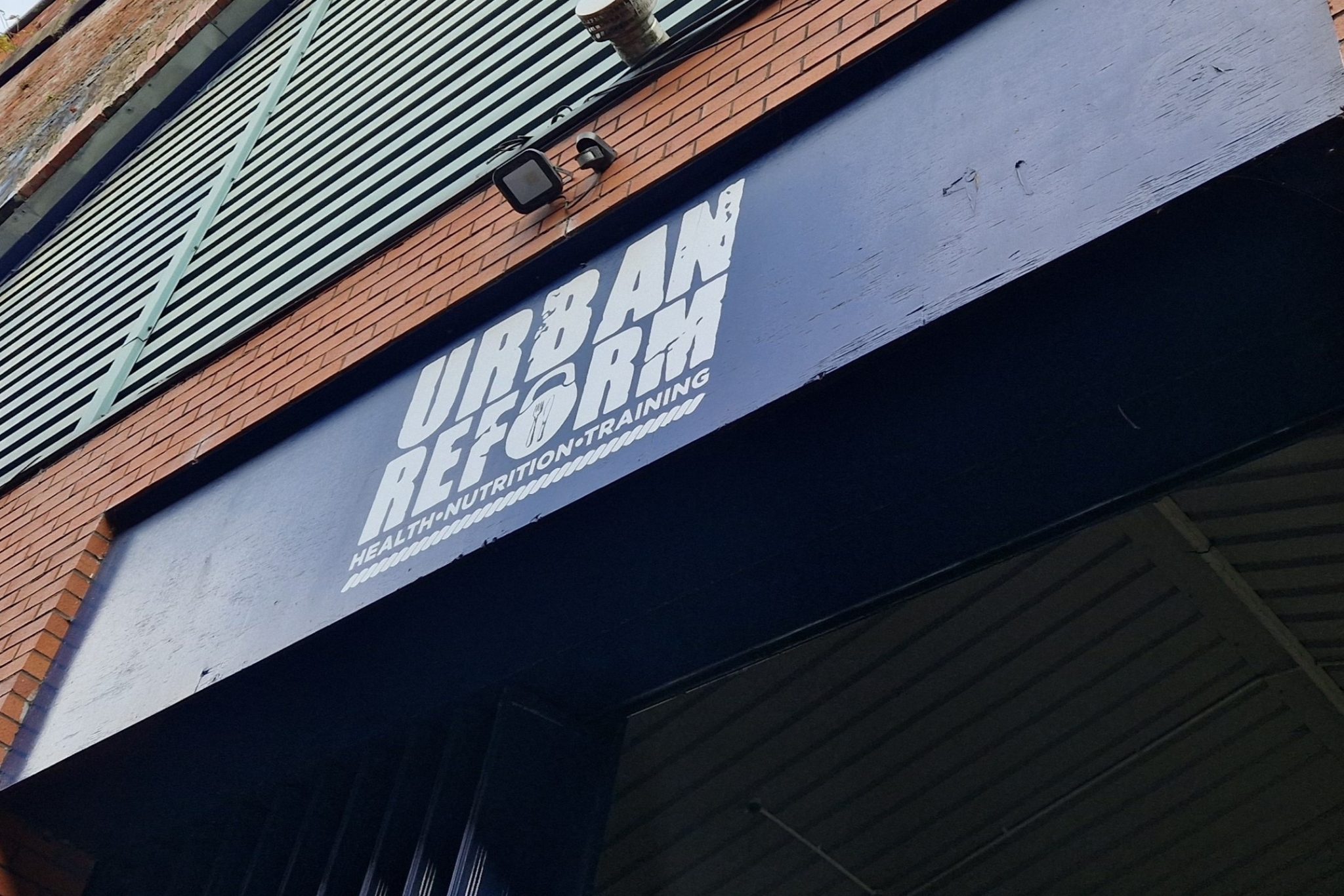RUGBY SIX NATIONS: HOW TO AVOID COMMON INJURIES
Rugby, a sport deeply entrenched in the hearts of millions worldwide, boasts a variety of prestigious tournaments that captivate fans year after year. One such event, the 6 Nations Rugby Championship, stands out as a pinnacle of international rugby competition. From the fierce battles on the field to the rich history behind each team, the 6 Nations tournament is a celebration of skill, passion, and national pride. Let's delve into what makes this tournament so special.
Origins and History
The Six Nations Championship, formerly known as the Home Nations Championship, traces its roots back to the late 19th century when the four British Isles nations—England, Scotland, Wales, and Ireland—began competing against each other in annual rugby matches. The tournament expanded in 1910 with the inclusion of France, becoming the Five Nations Championship. Italy joined in 2000, transforming it into the Six Nations we know today. Each nation brings its unique rugby heritage, making every match a clash of traditions and rivalries.
Common Injuries in Rugby Union
Rugby union is a physically demanding sport that involves high-speed collisions, tackles, and scrums, leading to various injuries among players. Some of the most common injuries in rugby union include:

CONCUSSIONS:
Due to the high-impact nature of the sport, concussions are a prevalent injury in rugby union. They occur when the brain is shaken inside the skull, leading to symptoms such as headache, dizziness, nausea, and confusion.
MUSCLE STRAINS:
Rugby players often experience strains and tears in muscles, particularly in the lower limbs, as a result of sudden acceleration, deceleration, and changes in direction during gameplay.
Joint Dislocations:
Dislocations of the shoulder, fingers, and thumb joints are common in rugby union, often occurring due to direct impacts or collisions with other players.
Fractures:
Fractures, or broken bones, can occur in various parts of the body, including the collarbone, fingers, wrists, and facial bones, as a result of impacts, falls, or tackles.
ligament injuries:
Injuries to ligaments, such as the anterior cruciate ligament (ACL) in the knee, can occur due to sudden twists, pivots, or impacts, leading to instability and pain.
contusions, bruises, cuts & Lacerations:
Contusions, or bruises and abrasions, cuts, and laceration sare common minor injuries in rugby union, resulting from direct impacts or collisions with other players, the ground, or equipment during gameplay.
overuse injuries:
Chronic overuse of certain muscles or joints can lead to injuries such as tendinitis, stress fractures, and bursitis, particularly in areas subjected to repetitive motions or excessive strain.
Strategies to reduce injury risk
Proper Warm-up and Stretching Routines:
+ Warm-up before each training session and game to prepare your body for the physical demands of rugby.
+ Focus on stretching the major muscle groups used in rugby, including the quadriceps, hamstrings, calves, groin, and shoulders.
Techniques for Tackling and Scrummaging Safely:
+ Learn and practise proper tackling techniques to minimise the risk of head and neck injuries. Emphasise using the shoulder, not the head, as the primary point of contact.
+ Maintain a low and balanced body position when engaging in scrums to reduce the risk of back and neck injuries. Keep the head and spine aligned and avoid collapsing or twisting during the scrum.
+ Focus on proper body positioning, footwork, and timing when tackling and scrummaging to maximise effectiveness and safety.

Maintaining Overall Fitness and ConditioninG:
+ Incorporate a well-rounded fitness program that includes cardiovascular conditioning, strength training, agility drills, and flexibility exercises.
+ Develop aerobic endurance through activities such as running, cycling, or swimming to improve stamina and reduce fatigue during games.
+ Include resistance training exercises to build muscular strength and power, focusing on compound movements like squats, deadlifts, and bench presses.
+ Incorporate agility drills, plyometric exercises, and speed work to enhance agility, explosiveness, and quickness on the field.
+ Implement recovery strategies such as adequate rest, hydration, nutrition, and sleep to support optimal performance and reduce the risk of overuse injuries.
HYDRATION AND NUTRITION:
+ Stay hydrated before, during, and after training sessions and games to prevent dehydration and maintain performance.
+ Consume a balanced diet rich in carbohydrates, protein, healthy fats, vitamins, and minerals to support energy levels, muscle recovery, and overall health.
+ Avoid excessive alcohol consumption and unhealthy eating habits, as they can impair recovery and increase the risk of injury.
Listen to Your Body and Seek Professional Guidance:
+ Pay attention to warning signs of injury, such as pain, swelling, stiffness, or decreased range of motion, and seek medical attention if needed.
+ Work with qualified coaches, trainers, and healthcare professionals to develop a customised training program that addresses your individual needs, strengths, and areas for improvement.
Recovery methods

Rest and Sleep:
+ Adequate rest and sleep are essential for muscle repair, growth, and overall recovery.
+ Aim for 7-9 hours of quality sleep per night to support recovery processes and optimise performance.
NUTRITIONS:
+ Consume a balanced diet rich in carbohydrates, protein, healthy fats, vitamins, and minerals to support muscle recovery and replenish energy stores.
+ Include lean proteins for muscle repair, carbohydrates for energy replenishment, and antioxidants for reducing inflammation and oxidative stress.
+ Stay hydrated by drinking plenty of water and electrolyte-rich fluids to replace fluids lost through sweat during training and games.
ACTIVE RECOVERY:
+ Engage in low-intensity activities such as walking, swimming, or cycling on rest days to promote blood flow, reduce muscle soreness, and facilitate recovery.
+ Incorporate foam rolling, self-myofascial release, or massage therapy to release muscle tension, improve flexibility, and enhance recovery
COLD THERAPY:
+ Use cold therapy techniques such as ice baths, cold packs, or contrast showers to reduce inflammation, numb pain, and promote recovery after intense training sessions or games.
+ Apply cold therapy for 10-20 minutes to the affected muscles or joints, followed by a period of rest and elevation.
HEAT THERAPY:
+ Apply heat therapy techniques such as warm baths, heating pads, or heat packs to increase blood flow, relax muscles, and relieve stiffness.
+ Use heat therapy before exercise to loosen tight muscles and improve flexibility, or after exercise to promote muscle relaxation and recovery.

Compression Therapy:
+ Wear compression garments or use compression sleeves or socks to improve circulation, reduce swelling, and accelerate recovery.
+ Graduated compression garments apply pressure to the limbs, aiding in the removal of metabolic waste products and reducing muscle fatigue.

STRETCHING and MOBILITY WORK:
+ Incorporate stretching exercises, yoga, or mobility drills into your routine to improve flexibility, range of motion, and joint mobility.
+ Dynamic stretching before exercise helps prepare the body for activity, while static stretching after exercise aids in muscle recovery and relaxation.
Mindfulness and Stress Management:
+ Incorporate stretching exercises, yoga, or mobility drills into your routine to improve flexibility, range of motion, and joint mobility.
+ Dynamic stretching before exercise helps prepare the body for activity, while static stretching after exercise aids in muscle recovery and relaxation.
How we can help at summit physio:
At Summit Physio, we can offer in-depth injury assessment and management, which would support you from initial injury all the way to full fitness on the pitch. We can also provide sport massages between, this is a great way to manage built-up stiffness, plus, regular visits means we can manage any niggles before they become a problem.
Maia, one of our Sports Rehabilitators is also a strength and conditioning coach, she can provide you with a personalised strength and conditioning program which would help with injury prevention and increasing performance.
By following these injury prevention strategies and guidelines, rugby players can minimise the risk of injury and enjoy the sport safely and effectively for years to come.
If you wish to seek further help or speak to a practitioner about any of the above, call us on 0800 731 2738 or book online here.
You can also view all the services we provide within our clinics on our website, as well as checking out our other blogs and content.
For more free tips and information, make sure to follow our Facebook and Instagram pages. We also post client stories, so you can see how we’ve helped people get back to doing the things they enjoy!



